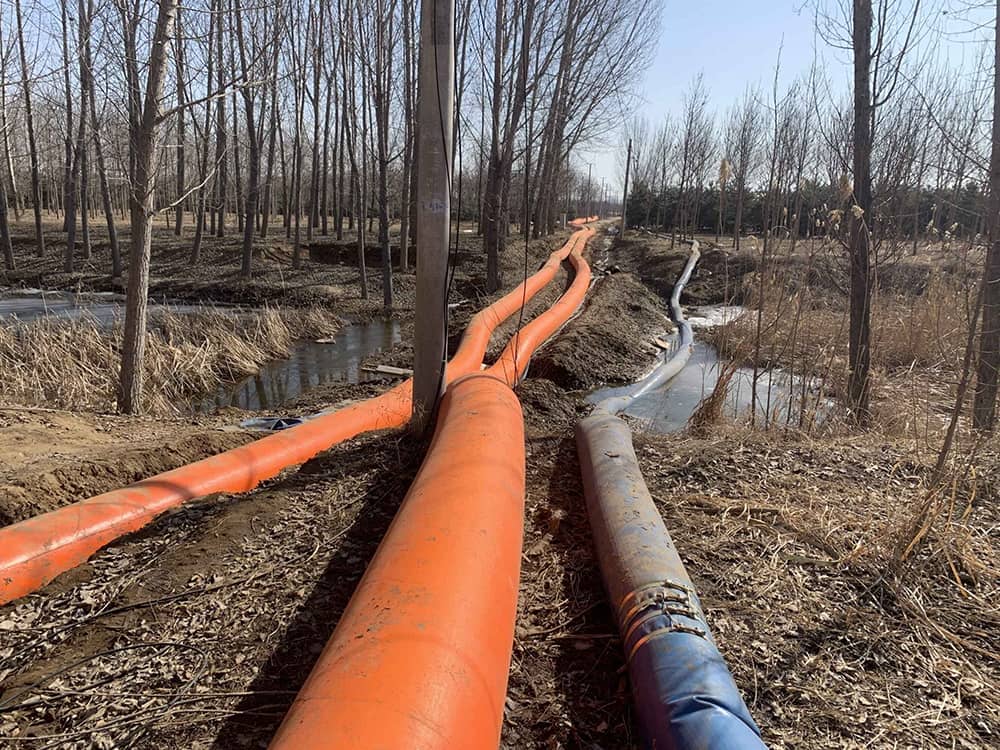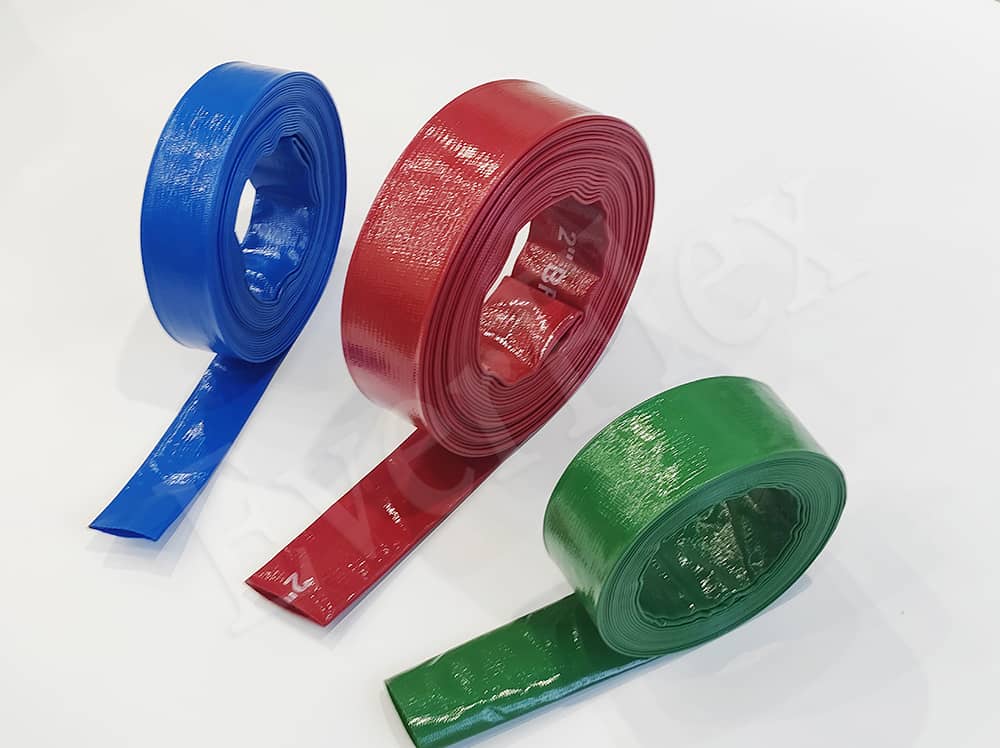Layflat hoses are great for a wide range of uses. These include irrigation, firefighting and mining operations. However, when you’re using them, several common problems can crop up.
Kinking
Layflat hoses lie flat when not in use. But if they twist or bend the wrong way, they can kink. This restricts water flow and can disrupt your work. So, always be careful when handling the hose to avoid sharp bends.
Abrasion
When a lay flat hose rubs against rough surfaces like rocks or concrete, it wears down over time. This can lead to holes or tears in the hose. To prevent this, try to keep the hose away from such abrasive materials. If you can’t avoid it, use some sort of protective covering.
Burst
If the pressure inside a PVC layflat hose goes beyond its maximum capacity, it’ll burst. This can not only damage the hose but also cause injury. Make sure you know the pressure limits of your hose and don’t exceed them. Always monitor the pressure during use.
UV Damage
Long exposure to sunlight makes PVC flat hoses brittle and prone to cracking. These cracks can then lead to leaks and other problems. When you’re not using the hose, store it in a place protected from the sun. If it has to be outside, consider using a UV-protective cover.
Chemical Damage
Sometimes, flat water hoses come into contact with chemicals that can corrode or weaken the material. Over time, this will cause the hose to fail. If you’re using the hose in an environment with chemicals, choose a hose that’s resistant to those substances.
Leakage
The hose must be connected with the proper connector. If the connection isn’t tight, leaks will occur. What’s more, if the hose is for firefighting and there’s a leak, the water pressure drops. This means the water won’t reach high or far enough on the fire. Double-check all connections before use.
Improper Storage
If you don’t store layflat hoses properly, they can get tangled or damaged. The next time you try to use it, you’ll run into issues. Roll the hose up neatly and store it in a cool, dry place away from sharp objects.








